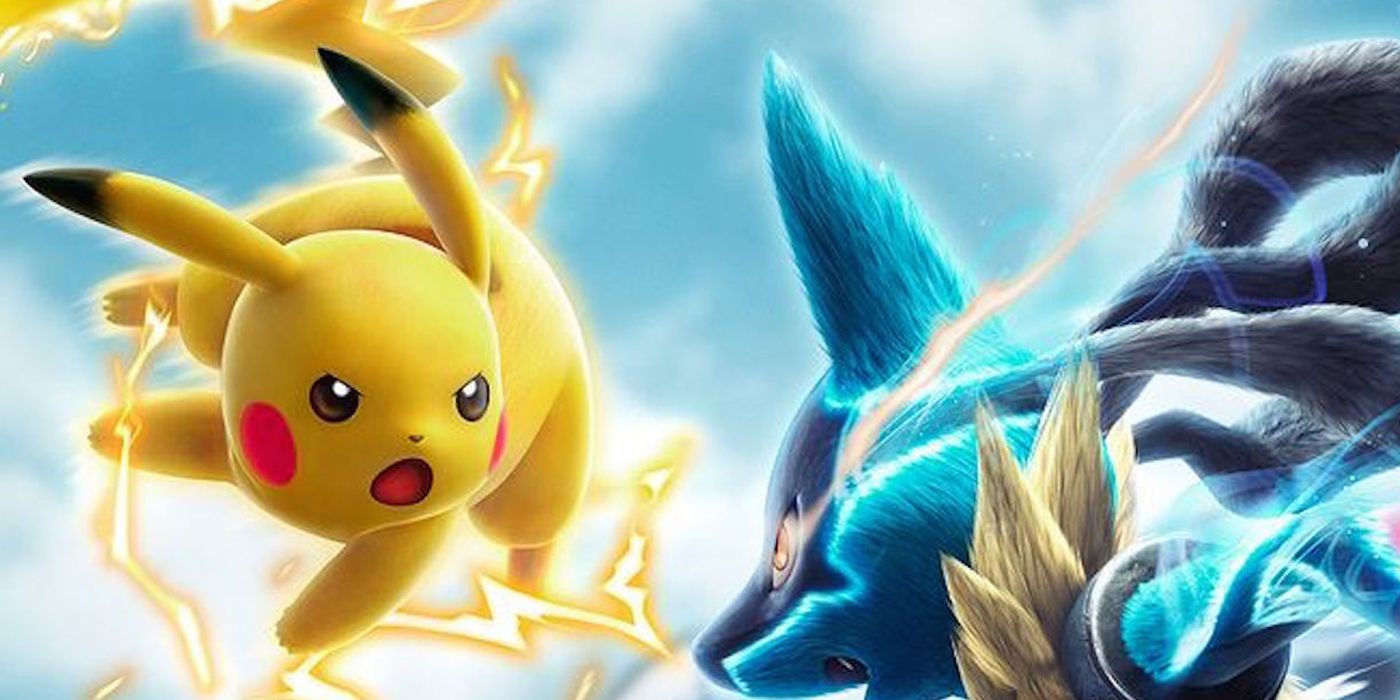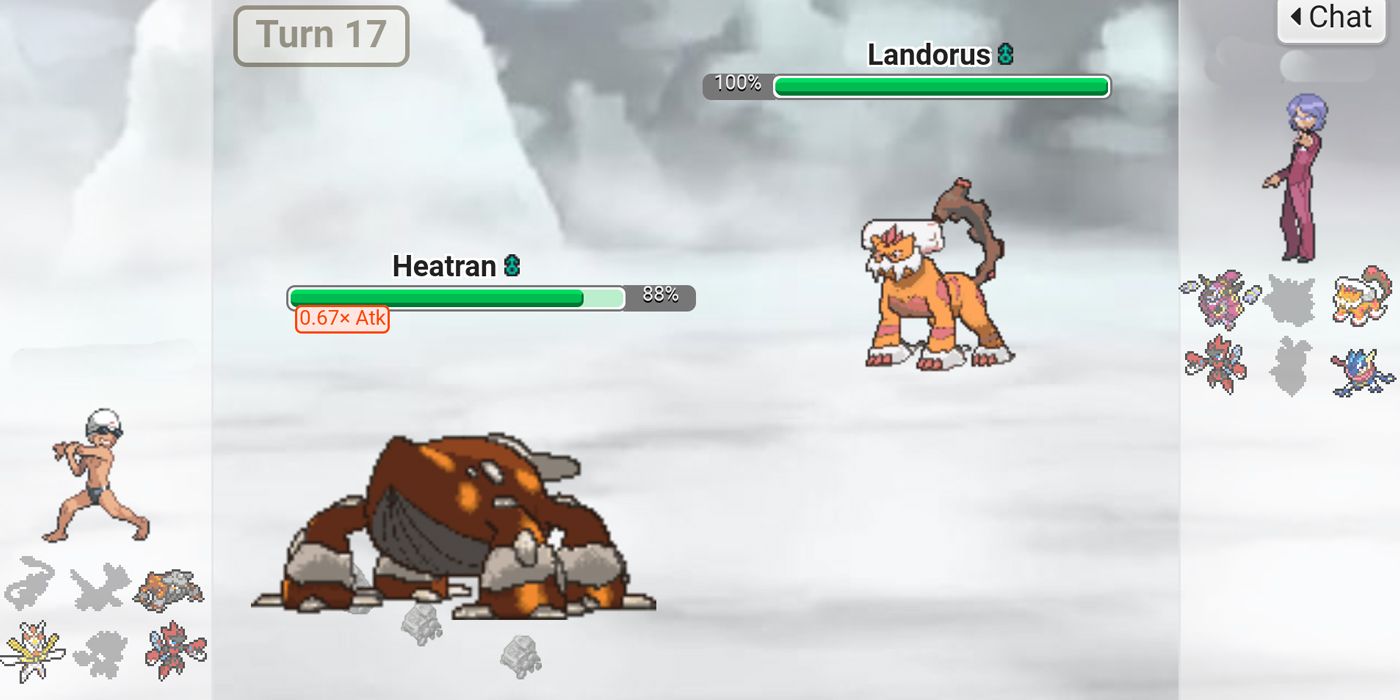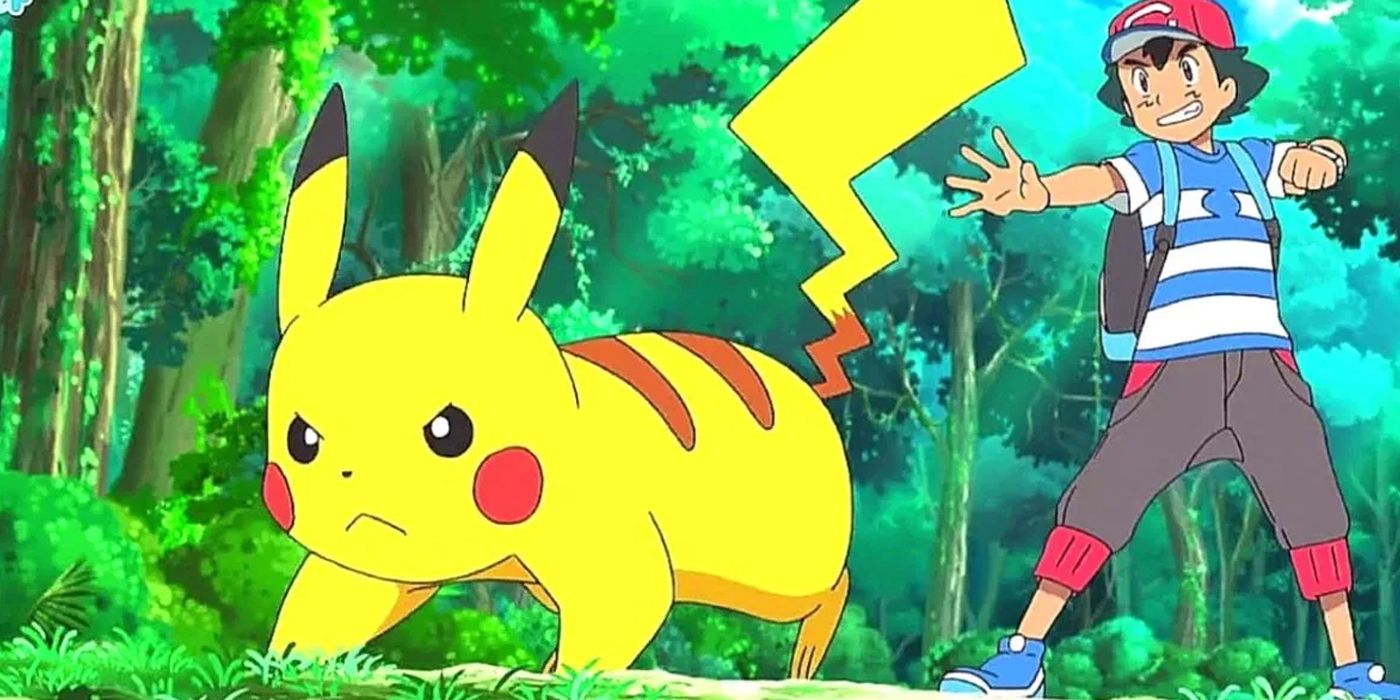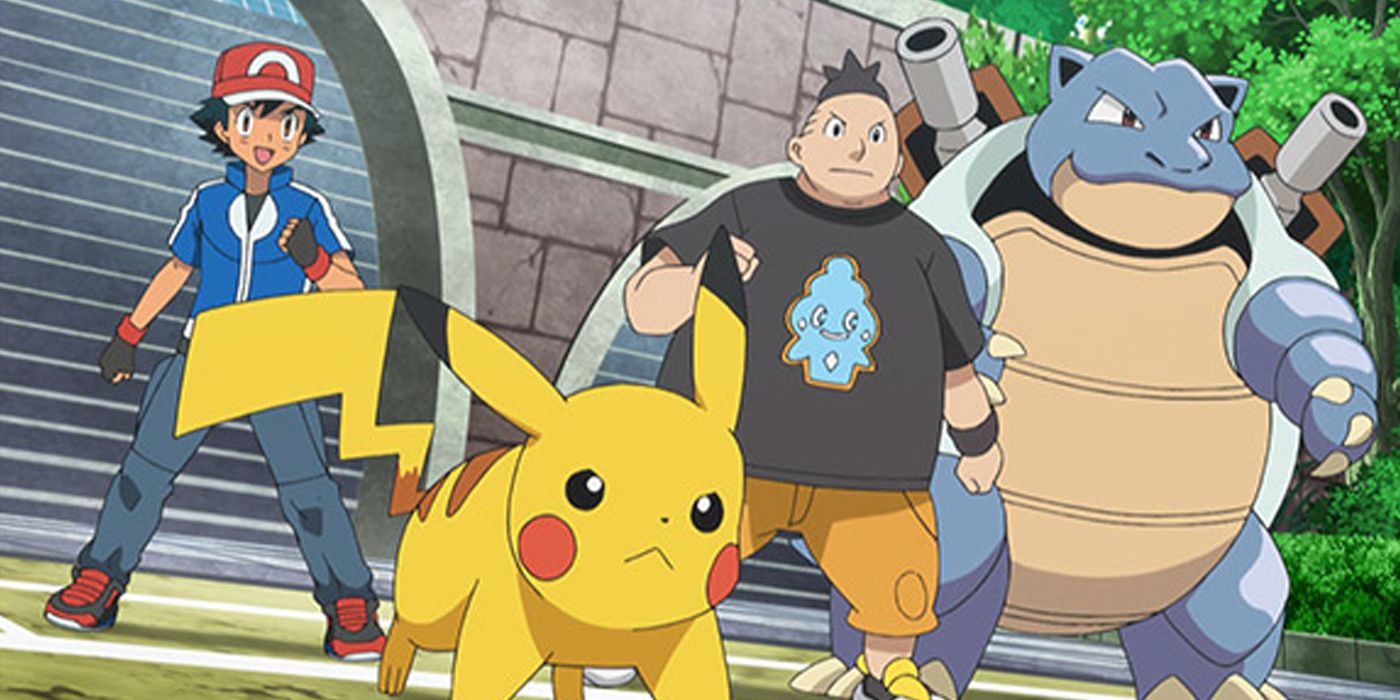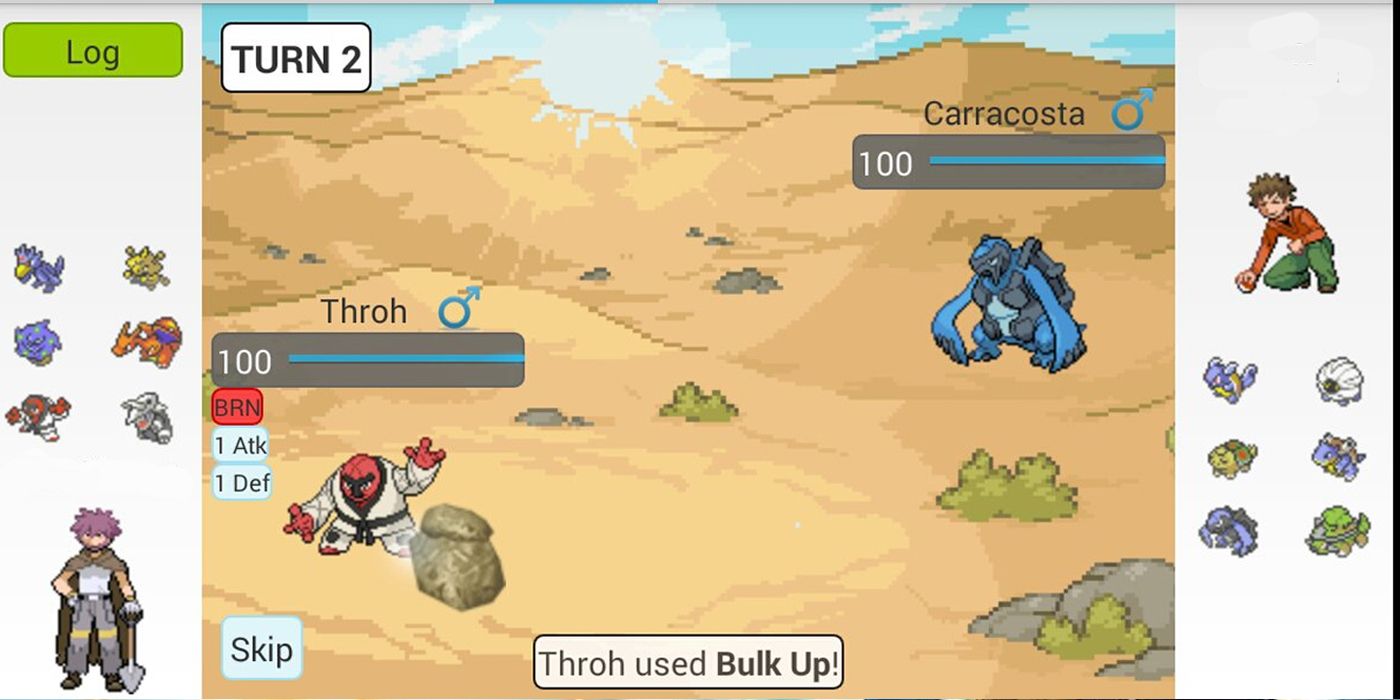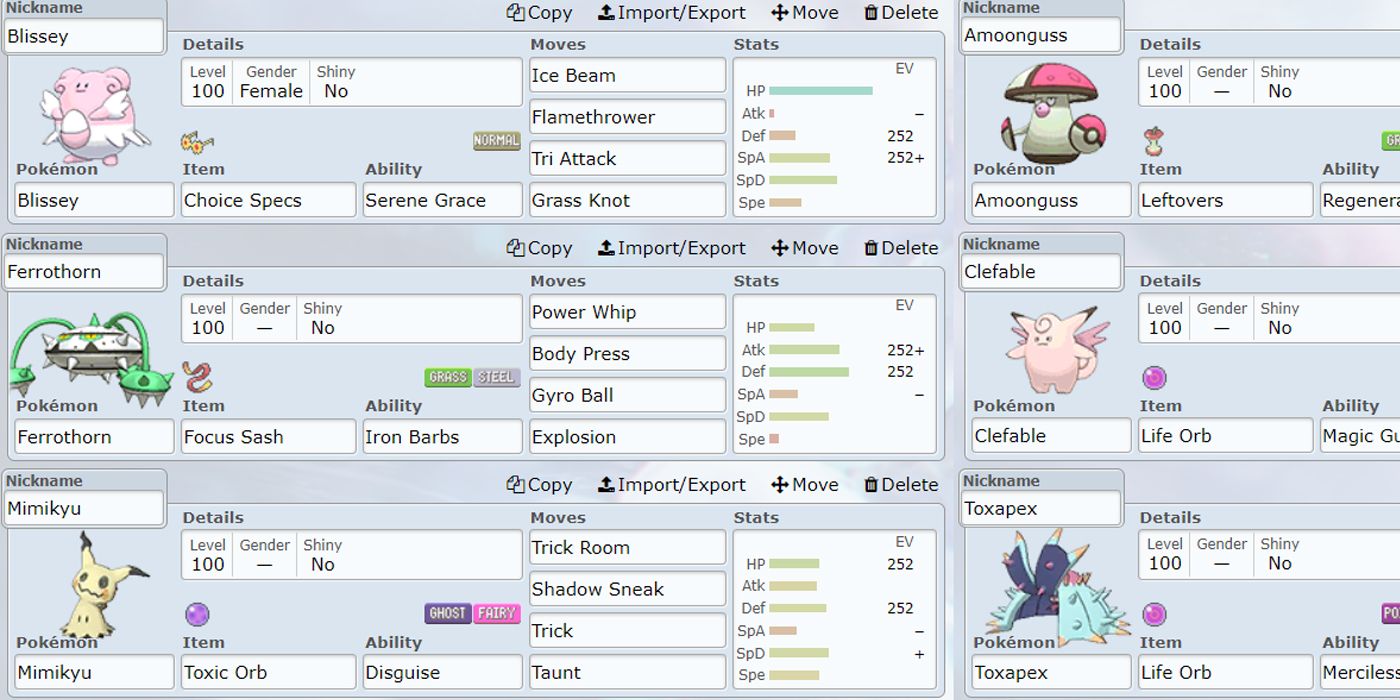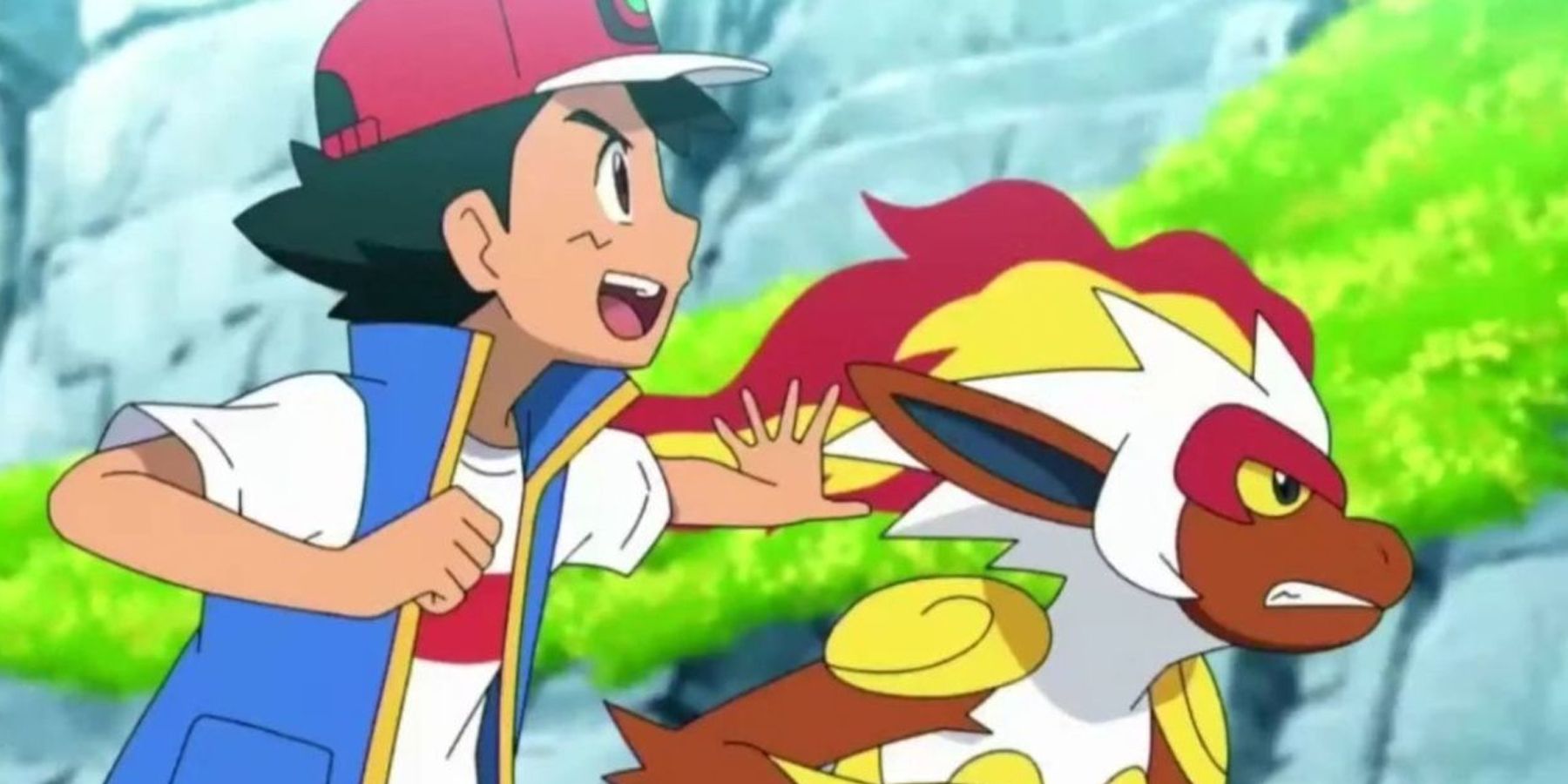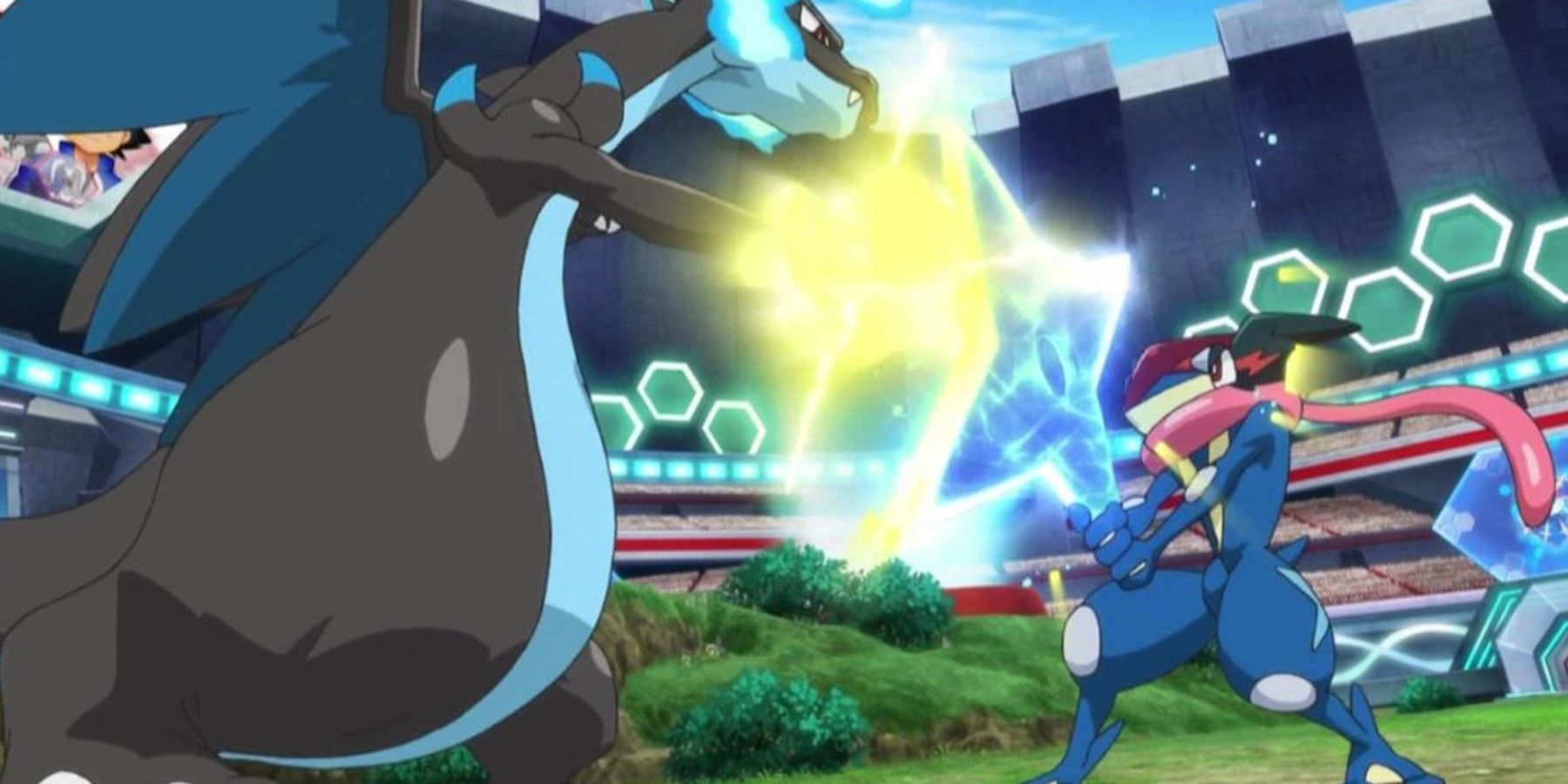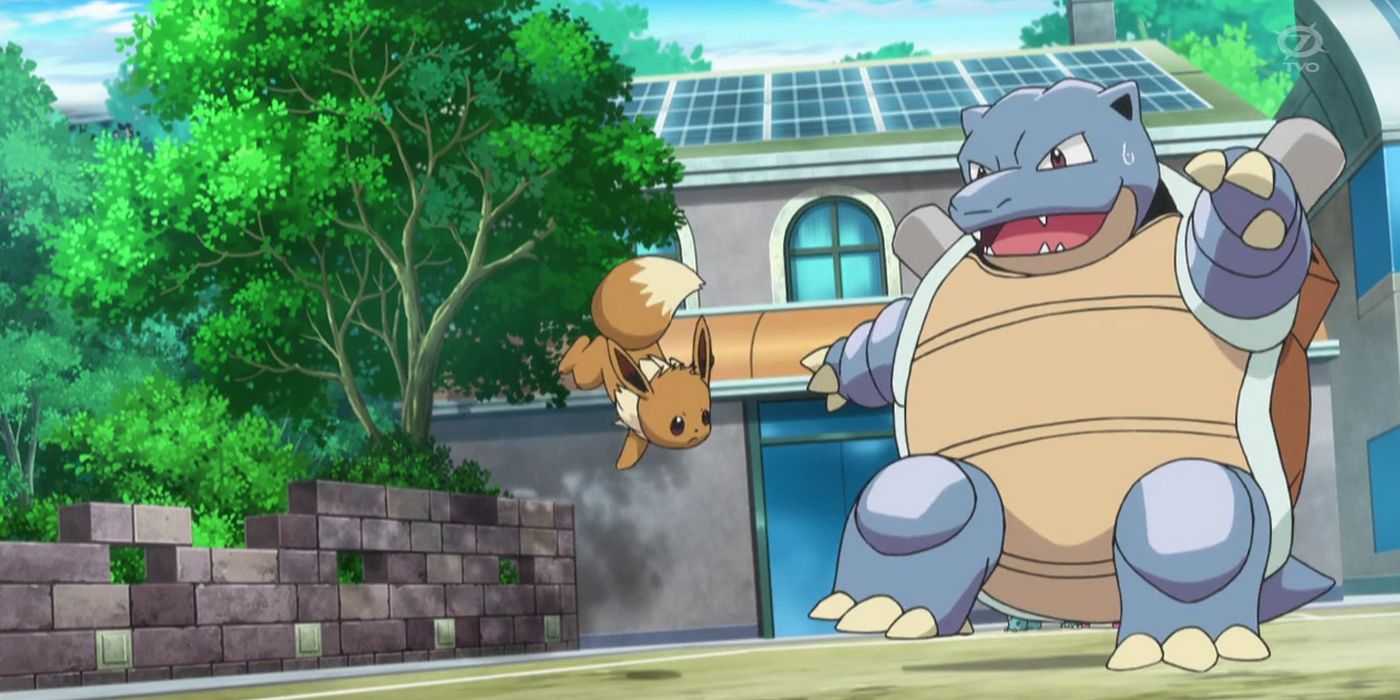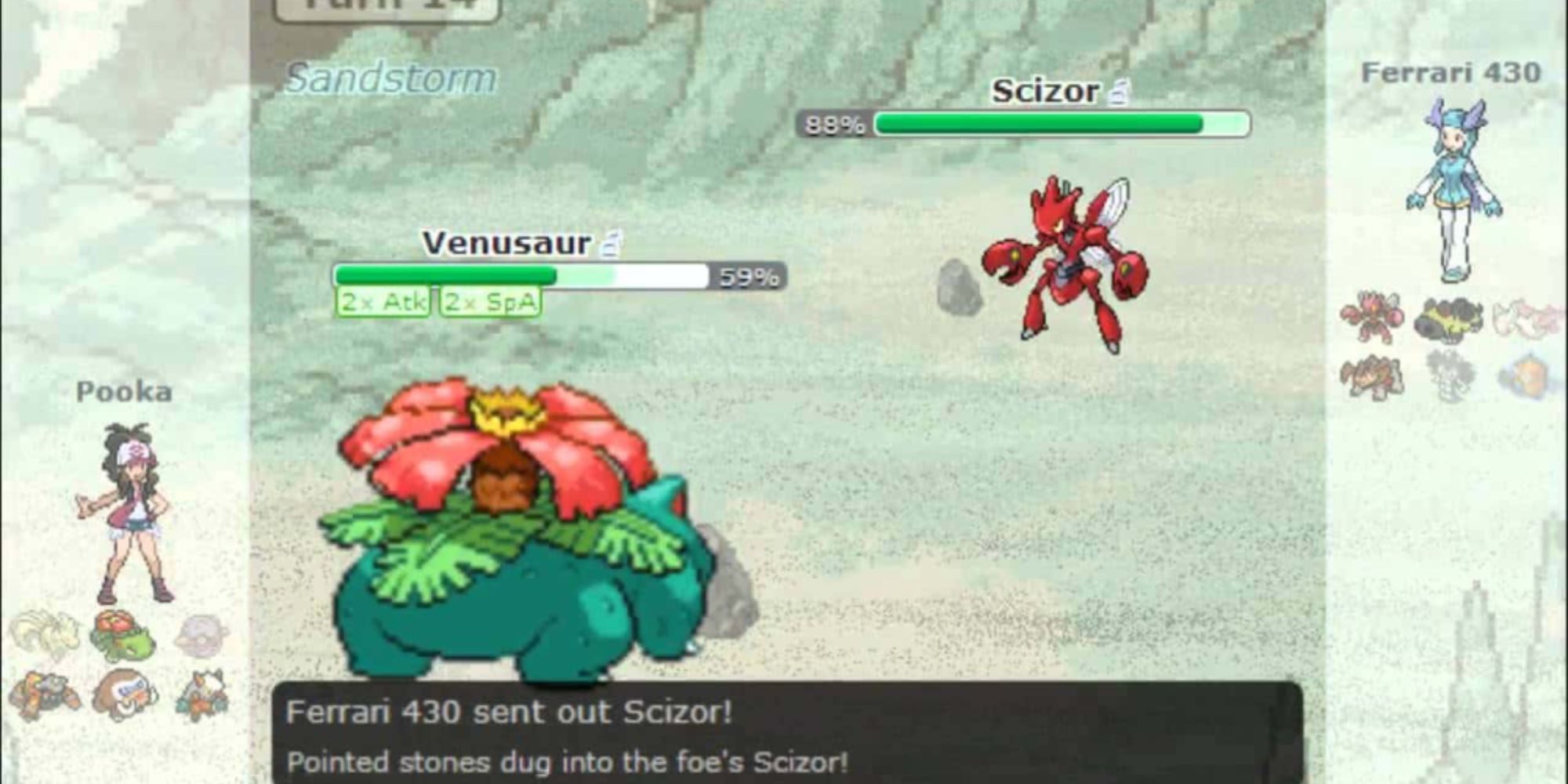Pokemon fans who tried dwelling into the deeper parts of the fandom would have heard of Pokemon Showdown. At first glance, Pokemon Showdown seems like an online emulator for online Pokemon matches. However, there's an entire budding community of hardcore Pokemon fans that makes Pokemon Showdown an ideal place for any big Pokemon fan.
Unfortunately for newcomers, the many elements of Pokemon Showdown definitely make the concept overwhelming at first. However, understanding key parts of the online simulator can make it a sight to behold for any Pokemon fan.
What Exactly Is Pokemon Showdown?
While Nintendo does have licensed Pokemon competitions for fans, they tend to be sporadic and far between. To bridge this gap, Pokemon Showdown acts as a means for fans of Competitive Pokemon to gather and conduct their own Pokemon Battles online. Of course, given its nature as an online gathering place for Pokemon players, here are some things to expect:
- Typical Pokemon Battle. Players may want to remember that Pokemon Showdown helps facilitate usual Pokemon Battles. In turn, players bring their own team and fight until the enemy’s last Pokemon faints.
- Multiple Formats. Typical of any tournament setting, Pokemon Showdown possesses various formats. These dictate the kind of Pokemon players can build in their teams, and if there are other specific limitations to them.
- Bigger Reliance on Strategy. As Pokemon Showdown players may soon realize, there’s a bigger reliance on strategy here compared to battling in the games. After all, while an AI can let a player’s Water Pokemon tear through their Fire team, another real player will switch immediately.
- Everyone’s Preferred Setups. Unlike other battles in the game that will have players fight preset AI setups, Pokemon Showdown gives all players the opportunity to build their dream team. In turn, a huge chunk of the challenge here is to outsmart foes with well-crafted teams.
What Are The Formats?
As with any other tournament or competitive setup, Pokemon Showdown does possess specific formats depending on a player’s preferences. These formats can alter the kind of Pokemon a player can have in their team, as well as set specific limitations.
The Pokemon Showdown website lists all known formats, but here are its most popular iterations:
What About Pokemon Restrictions?
In Pokemon Showdown, not all Pokemon are available for usage on the get-go. After all, some Pokemon are just naturally more powerful than others. To solve power scaling, Pokemon Showdown categorizes Pokemon in tiers based on how often players use them.
At its core, most Pokemon in one tier have a 50% chance of encountering the same Pokemon at a higher tier within 20 battles. However, despite their appearances there, they don’t have enough usage counts to merit a tier increase.
- Ubers. Unlike other tiers, Ubers don’t get Pokemon through usage count. Rather, Ubers get their Pokemon either through banning or initial placement. In terms of bans, Pokemon deemed too powerful for OU are placed in Ubers. Likewise, some Pokemon get a place in Uber outright, such as Legendaries in cover art.
- OverUsed (OU). This is the highest tier in terms of Pokemon usage. As such, OU also dictates the Pokemon located in other tiers. Most of the powerful Pokemon in the game are usually relegated in OU.
- UnderUsed (UU). Pokemon in UU are just a few usage counts short of OU.
- RarelyUsed (RU). As with UU, RarelyUsed contains Pokemon that fall a few usages counts short of UU.
- NeverUsed (NU). Similar to RU, NeverUsed has Pokemon that don’t get enough use to be categorized as RU.
- PU. While this doesn’t have an official label, this is also a tier lower than NU.
- Little Cup. Pokemon in this tier is only Level 5, and they’re the lowest evolution possible of their species. In turn, Pokemon without evolutions are banned from Little Cup.
- Doubles. The Pokemon Showdown variant of Doubles also follows the usual format, albeit with two Pokemon released at the same time.
What About Other Restrictions?
In Pokemon Showdown, rules or Clauses exist that further add restrictions to a certain format. Some of these Clauses may or may not apply to these Restrictions:
- Banned Pokemon, Moves. Specific Formats in Pokemon Showdown do ban Pokemon and Moves outright. As with the reasoning from other games, Pokemon and Moves often get banned within a Format due to their potential to give an unfair advantage to a specific side - especially due to their remarkable strength.
- Endless Battle Clause. Most Formats don’t allow Pokemon to have moves that have the potential to cause an endless battle. These include a Pokemon not being allowed to carry Recycle, hold a Leppa Berry, and have Fling or Pain Split as a Move.
- OHKO (One-Hit KO). A Pokemon can’t have Sheer Cold, Horn Drill, Guillotine, and Fissure in their moveset. This is because these Moves can cause OHKO.
- Moody Clause. Pokemon aren’t allowed to have the ability Moody. This is due to the fact that Moody can raise a random stat per turn, including Evasion.
- Sleep Clause. Only one Pokemon per team can be put to Sleep at any time, except for Moves such as Rest.
- Species Clause. Some Formats don’t allow two Pokemon of the same species to be on the same team.
How Does The Meta Work Here?
Granted, Pokemon Showdown is designed as a more stable simulator of Wi-Fi Pokemon Battles. However, fans might still wonder at the extent of the mechanical elements that Pokemon Showdown simulates when it comes to Pokemon Battles.
At its core, Pokemon Showdown largely applies the same principles to Pokemon Battles as the original games. However, given the customization aspect of Pokemon Showdown, players have more control over their particular party. Here are specific elements to consider:
What About The Basics?
Natures Add That Extra Punch. Players would fondly remember that some Pokemon naturally perform better depending on their Nature. In the games, there exist 25 Natures that affect stats in different ways.
- Physical vs Special Moves. Whenever a Pokemon uses a Move, it’s classified as either a Physical or a Special Move. As savants know, Physical Moves uses the attacking Pokemon’s Attack versus the defender’s Defense. Likewise, Special Moves rely on Special Attack versus Special Defense.
- Remember STAB. In Pokemon Showdown, it’s important for players to remember STAB, or Same-Type Attack Bonus. This means that a Move gets a 1.5-percent boost to its base power whenever it’s used by a Pokemon of the same Type. In turn, a Pokemon is usually advised to carry at least one STAB Move.
Do Hidden Stats Apply?
- Consider IVs. As players remember, Pokemon have IV or Individual Values. This is a hidden stat that determines how low or how high a base stat can get. Since Pokemon Showdown can let players input IVs up to a value of 31 (the highest), players would want to use this as often as possible.
- Consider EVs. Aside from IVs, EVs or Effort Values are another hidden stat that Pokemon have that determines their combat edge. Obtaining a certain number of EV points can boost a Pokemon’s overall stat. In the games, this happens by defeating a certain number of Pokemon. In Pokemon Showdown, players can apply up to 508 EVs across a Pokemon’s stat.
How Does Combat Work?
Given the formatting of Pokemon Showdown, fans and newcomers should note that the simulator does follow the same cue as combat in the games. However, given the presence of a more active human component, Pokemon Showdown does demand more strategic prowess from players.
As such, while Pokemon Showdown follows the same format as Pokemon Battles in the games, players can expect more sophisticated setups from other players. Here are some expectations:
- Turn Order matters. Moving first is key. Is common strategy is switching Pokemon and then Mega Evolving them. Afterward, it’s a battle of the Speed stat - except if it’s a tie, then the first one to move is randomized. Another exception also has to do with Moves that impose positive priority, such as ExtremeSpeed and Protect. Likewise, negative priority Moves such as Trick Room and Whirlwind end up with the least priority.
- Secure the Entry Hazard. Thanks to an Entry Hazard, even opponents get punished for switching out Pokemon. As the name implies, Entry Hazards stay in the opponent’s field and damage all Pokemon that get switched. Of course, due to their popularity, counter-hazards such as Defog and Rapid Spin are must-haves.
- Consider the Sweep. Instead of wasting a move to buff or lower stats, players should instead invest in the Sweep. Essentially, setting up a Sweeper Pokemon means improving a Move that can help them wipe out multiple Pokemon at a time. For instance, Calm Mind, Shell Smash, Dragon Dance, and Sword Dance can beef up a Pokemon so that it can take on multiple opponents in succession.
- Get Checks and Counters. When it comes to building a Pokemon team for Pokemon Showdown, players need to consider Checks and Counters. At its core, a Counter to a Pokemon specifies an opponent that can switch into combat and survive that Pokemon’s initial attack. Meanwhile, a Check is an opponent that can face a Pokemon head-on in combat.

